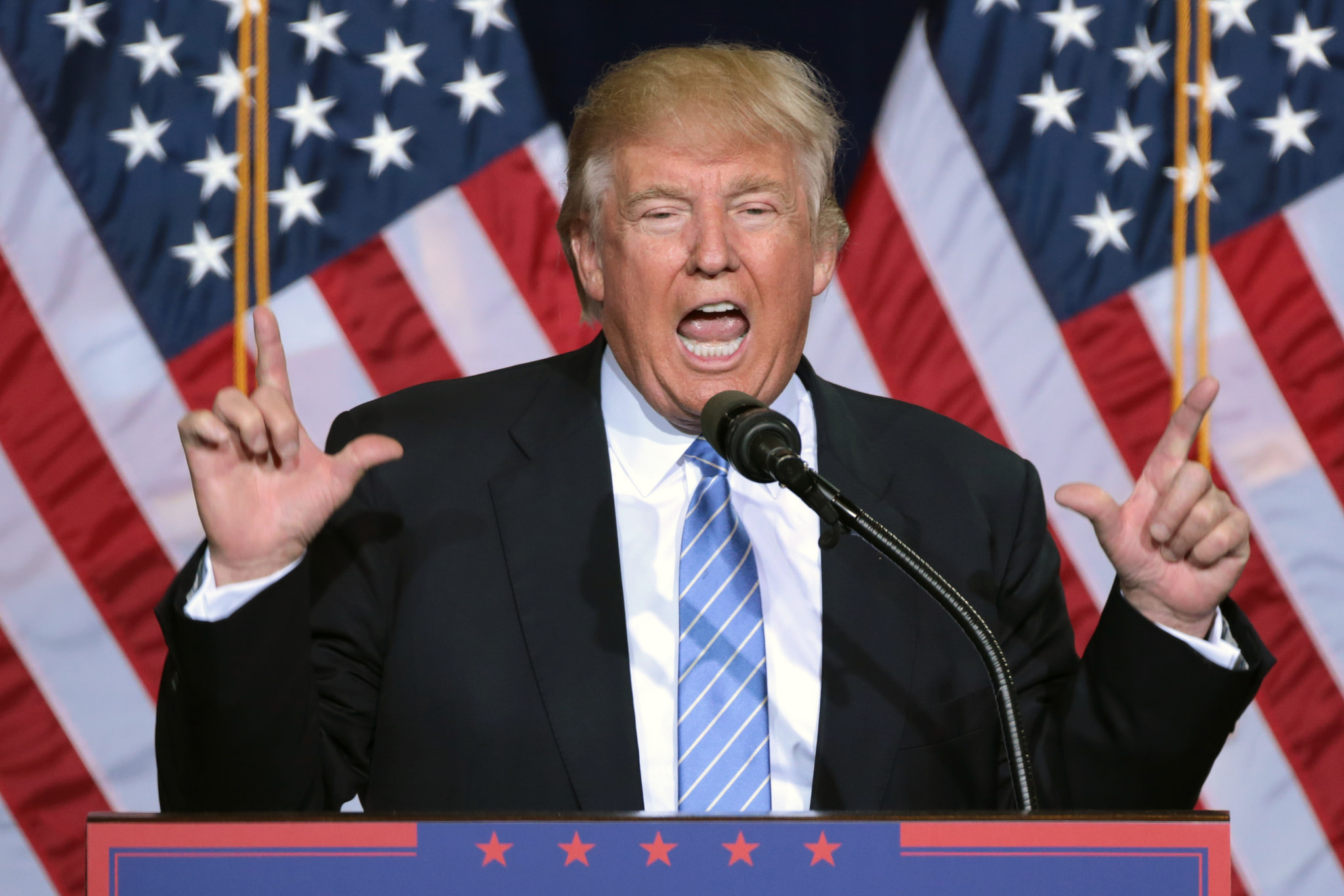Earlier this week, the Beltway news site Axios got its hands on a leaked a six-page outline of the Trump administration's long-rumored infrastructure proposal. Since then, a few other details have come to light, and the White House infrastructure plan is starting to look like more than just vaporware.
It's not quite the all-out, guns blazing assault on transit and cities that right-wing think tanks like the Heritage Foundation have been dreaming of. But don't be fooled just because it doesn't resemble previous Trump spending proposals to zero out federal transit funds altogether. What we do know suggests that it's still terrible policy.
With the caveat that the leaked information is vague, often contradictory, and subject to change, here's an overview of the important points that have surfaced so far.
It doesn't actually raise new money
For months, the catchphrase for this policy was "trillion dollar infrastructure plan." Then the administration scaled it back to $200 billion in federal funds over 10 years, with states and cities covering the bulk of the spending. Now, Roll Call reports that it won't entail raising any new federal money at all.
Instead, Trump infrastructure advisor DJ Gribbin told a gathering of mayors that existing pots of federal transportation funding will mostly remain in place. But the White House does intend to poach from some programs to pay for its priorities, and -- maybe you saw this coming -- rail and transit programs will be targeted for cuts.
It could give the White House much more power over transportation funds, while weakening the power of local governments
The program described in the leaked memo published by Axios would be a big departure from current practice if it applies to a large amount of money. That's because it lets the Trump administration -- not states, regional governments, and transit agencies -- decide where the money goes. Currently there are some small programs, like TIGER, that the White House controls, but they don't involve spending several billion dollars each year.
Politically, it would be extremely difficult to disrupt the federal funding formulas that state and local governments now plan around. Every state is used to getting a certain amount of federal transportation dollars, and it's hard to imagine the White House torpedoing that system. The memo published by Axios may be describing a new, separate funding program.
It's mostly awful for cities
Giving the Trump White House authority over a significant chunk of federal transportation funding would almost certainly end badly for cities. The administration has already shown itself to be hostile to transit and urban areas generally. The leaked outline gives the game away by setting aside 25 percent of the program funds for rural infrastructure -- there is no similar set-aside for cities, even though urbanized areas generate the bulk of the nation's economic activity.
In addition to the potential loss of transit funds, there would also be new strings attached to federal transit grants under the Trump proposal.
A requirement to receive major transit capital grants from the Trump program would be to raise local funds via value capture. This typically entails setting up a special tax district that "captures" some of the increased value of real estate attributable to a transit improvement. It's a defensible way to fund transit in some cases, but it can also deprive cities of local tax revenue that would be spent on other priorities, like education.
There are plenty of other ways to fund transit, and it makes no sense for the federal government to limit cities' flexibility like this.
It would make it easier to toll Interstates
If you're looking for the upside to this plan, here it is. The White House says it wants to allow states to toll existing Interstates. Federal law presently allows tolling only on newly constructed Interstate segments. Tolling existing roads could help manage traffic without building new highways, and set off some virtuous circles of more compact land use and less car-centric sprawl.
While there might be a few good planks in whatever the White House ultimately releases, all indications so far are that the downsides for cities will far outweigh any benefits.






